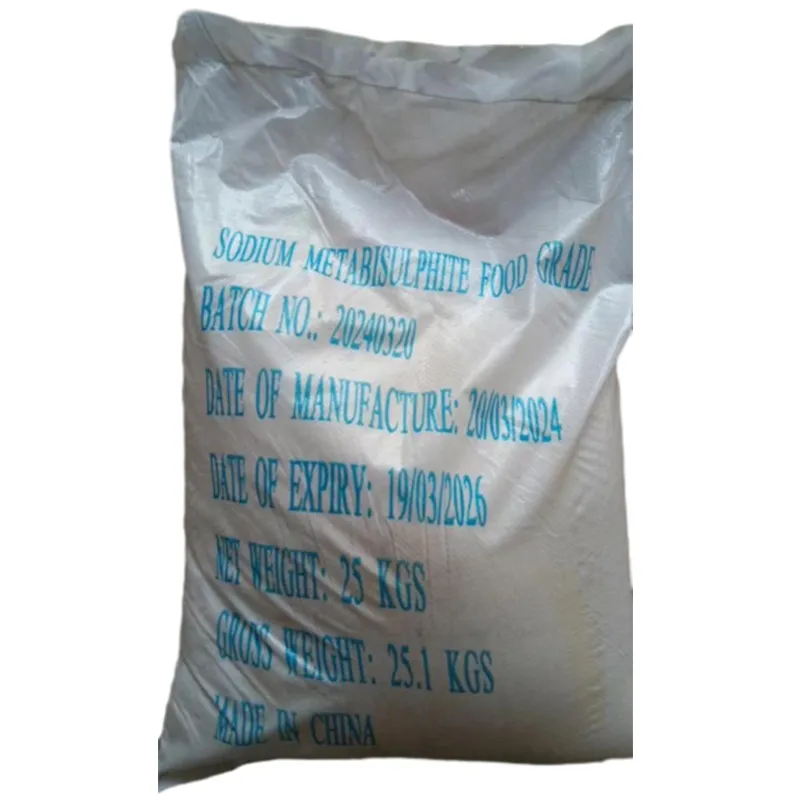
Exploring the Uses and Effects of E631 Food Additive in Modern Cuisine and Industry
Understanding E631 The Flavor Enhancer in Our Food
In our modern society, convenience and flavor often dictate our dietary choices, leading to the pervasive use of food additives. One such additive that has garnered attention is E631, a flavor enhancer whose primary role is to elevate the taste of various food products. Understanding E631's characteristics, usage, and safety can help consumers make more informed choices about what they eat.
Understanding E631 The Flavor Enhancer in Our Food
One of the most notable features of E631 is its natural origin. Although it is often produced synthetically for commercial use, it can be derived from certain organisms. Inosinic acid, from which E631 is made, is found in animal tissues, particularly in meats and fish. This connection to naturally occurring compounds may reassure some consumers about its safety and acceptability. However, since many forms of processed food use synthetic versions, it is essential to consider the ingredient list when purchasing products containing E631.
e631 food additive

The safety of E631, like many food additives, has been a topic of discussion among health professionals and shoppers alike. Regulatory bodies, including the European Food Safety Authority (EFSA) and the Food and Drug Administration (FDA) in the United States, have indicated that E631 is safe for consumption within set guidelines. However, as with many additives, some individuals may experience sensitivities or allergic reactions, primarily if consumed in excessive amounts. Symptoms may include headaches, digestive issues, or a sensation often referred to as Chinese restaurant syndrome, a term historically associated with MSG consumption.
E631 is particularly popular in Asian cuisine, where it enhances the flavors of traditional dishes. Its ability to enhance savory flavors without overpowering them makes it an essential ingredient in many recipes. As the global food industry continues to expand its offerings, E631 has found a place in a wider array of culinary practices, appealing to a demographic that seeks flavor without the labor of cooking from scratch.
In terms of market trends, the demand for umami-flavor enhancers, including E631, shows no signs of waning. The growing popularity of convenience foods, coupled with a consumer preference for robust flavors, ensures that additives like E631 will remain in many food products. However, as consumers become increasingly health-conscious, there is a rising interest in natural alternatives. This shift could lead to a re-evaluation of synthetic additives like E631, prompting manufacturers to seek more wholesome ingredients.
In conclusion, E631 is a flavor enhancer that plays a significant role in the food industry, particularly in enhancing umami flavors in various products. While it is generally recognized as safe, consumers should remain aware of their sensitivities and the potential impacts of food additives on their overall health. As the culinary landscape evolves, it will be interesting to see how the balance between flavor, health, and natural ingredients shapes the future of food additives like E631. Armed with knowledge, consumers can navigate the aisles with greater awareness of what goes into their food and make choices that align with their dietary preferences and health goals.
-
nitrile-rubber-honoring-strict-production-standardsNewsAug.22,2025
-
aspartame-ingredients-honoring-food-safety-valuesNewsAug.22,2025
-
fertilizer-for-balanced-plant-nutritionNewsAug.22,2025
-
cyanide-gold-processing-with-high-purity-additivesNewsAug.22,2025
-
formic-acid-in-textile-dyeing-applicationsNewsAug.22,2025
-
aluminum-hydroxide-gel-in-skincare-productsNewsAug.22,2025
-
Regulatory Compliance for Global Mining Chemicals UseNewsAug.12,2025
Hebei Tenger Chemical Technology Co., Ltd. focuses on the chemical industry and is committed to the export service of chemical raw materials.
-

view more DiethanolisopropanolamineIn the ever-growing field of chemical solutions, diethanolisopropanolamine (DEIPA) stands out as a versatile and important compound. Due to its unique chemical structure and properties, DEIPA is of interest to various industries including construction, personal care, and agriculture. -

view more TriisopropanolamineTriisopropanolamine (TIPA) alkanol amine substance, is a kind of alcohol amine compound with amino and alcohol hydroxyl, and because of its molecules contains both amino and hydroxyl. -

view more Tetramethyl Thiuram DisulfideTetramethyl thiuram disulfide, also known as TMTD, is a white to light-yellow powder with a distinct sulfur-like odor. It is soluble in organic solvents such as benzene, acetone, and ethyl acetate, making it highly versatile for use in different formulations. TMTD is known for its excellent vulcanization acceleration properties, which makes it a key ingredient in the production of rubber products. Additionally, it acts as an effective fungicide and bactericide, making it valuable in agricultural applications. Its high purity and stability ensure consistent performance, making it a preferred choice for manufacturers across various industries.





